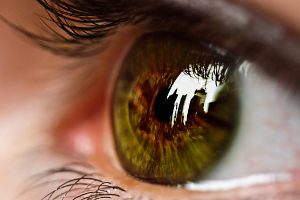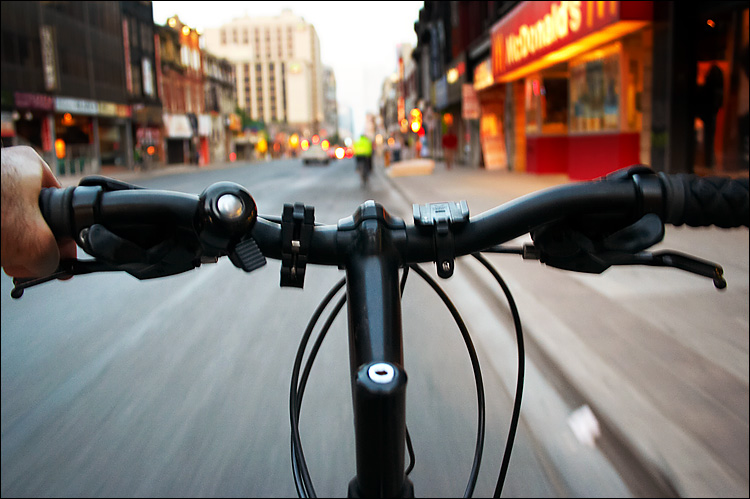Camera shot
Camera movement
CAMERA SHOT
 This is an example of a long shot. A long shot is used to show an entire object or figure when filming. it can also be known as a full shot or a wide shot. they are used to set a scene or show when something is going on.
This is an example of a long shot. A long shot is used to show an entire object or figure when filming. it can also be known as a full shot or a wide shot. they are used to set a scene or show when something is going on.
Close up shot: In a close up shot, a certain feature or part of a subject takes up most of the frame. a close up of a person emphasis their emotional state.
This is an example

Extreme close up shot: this is used to focus on a particular detail of the subject.
Here is an example

Point of view shot: it is a short film scene which shows what the character is looking at which is represented through the camera
Here is an example of a point of view shot.

Low angle shot: it is a shot from the camera angle positioned low on a vertical axis, anywhere below the eye line looking up.
This is an example of a low angle shot

High angle shot: it is where the camera looks down on the subject high angle and the point of focus often gets swallowed up. These type of shots can make the subject seem vulnerable.
This is an example of a high angle shot

CAMERA MOVEMENT
Pan: it is when the camera is turned horizontally so that it can sweep around the scene.
this picture is an example of a pan.

Tilt: this is moving the camera up and down without changing its horizontal axis.
This picture here is an example of tilt

Tracking shot: this is when the camera follows a person or an object physically moving with the subject.
This picture here is an example of a tracking shot

Crane shot: This shot is used to view the actor from above or to move up and away from them. Also a common way of ending a movie.
This picture here is an example of a crane shot

Steadicam: It is a brand of camera stabilizer mount for motion picture cameras that mechanically isolates it from the operators movement.
This picture here is an example of a Steadicam.

Rolling shot: This is used to show car motions in a scene
This picture is an example of a rolling shot.
 This is an example of a long shot. A long shot is used to show an entire object or figure when filming. it can also be known as a full shot or a wide shot. they are used to set a scene or show when something is going on.
This is an example of a long shot. A long shot is used to show an entire object or figure when filming. it can also be known as a full shot or a wide shot. they are used to set a scene or show when something is going on.
Medium shot: A camera shot in which the subject is in the middle distance, permitting some of the background to be seen
This picture is an example of a medium shot
Close up shot: In a close up shot, a certain feature or part of a subject takes up most of the frame. a close up of a person emphasis their emotional state.
This is an example

Extreme close up shot: this is used to focus on a particular detail of the subject.
Here is an example

Point of view shot: it is a short film scene which shows what the character is looking at which is represented through the camera
Here is an example of a point of view shot.

Low angle shot: it is a shot from the camera angle positioned low on a vertical axis, anywhere below the eye line looking up.
This is an example of a low angle shot

High angle shot: it is where the camera looks down on the subject high angle and the point of focus often gets swallowed up. These type of shots can make the subject seem vulnerable.
This is an example of a high angle shot
CAMERA MOVEMENT
Pan: it is when the camera is turned horizontally so that it can sweep around the scene.
this picture is an example of a pan.

Tilt: this is moving the camera up and down without changing its horizontal axis.
This picture here is an example of tilt
Tracking shot: this is when the camera follows a person or an object physically moving with the subject.
This picture here is an example of a tracking shot
Crane shot: This shot is used to view the actor from above or to move up and away from them. Also a common way of ending a movie.
This picture here is an example of a crane shot
Steadicam: It is a brand of camera stabilizer mount for motion picture cameras that mechanically isolates it from the operators movement.
This picture here is an example of a Steadicam.
Rolling shot: This is used to show car motions in a scene
This picture is an example of a rolling shot.

No comments:
Post a Comment